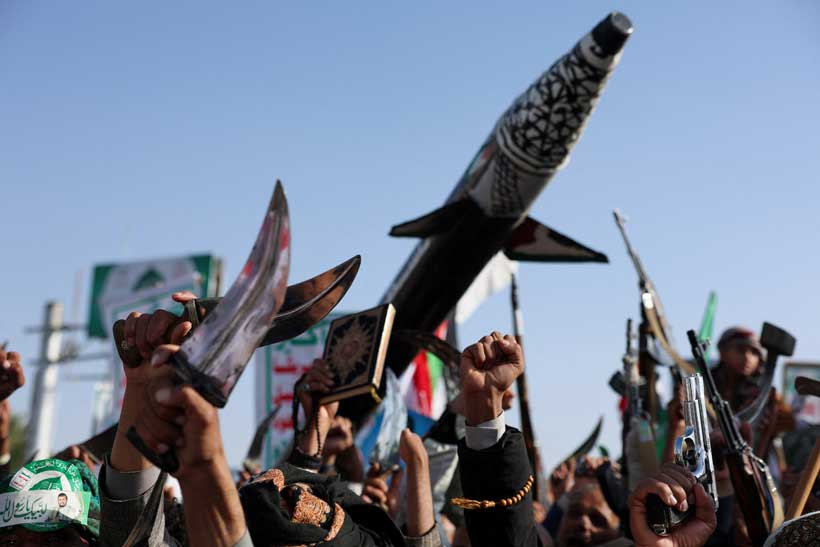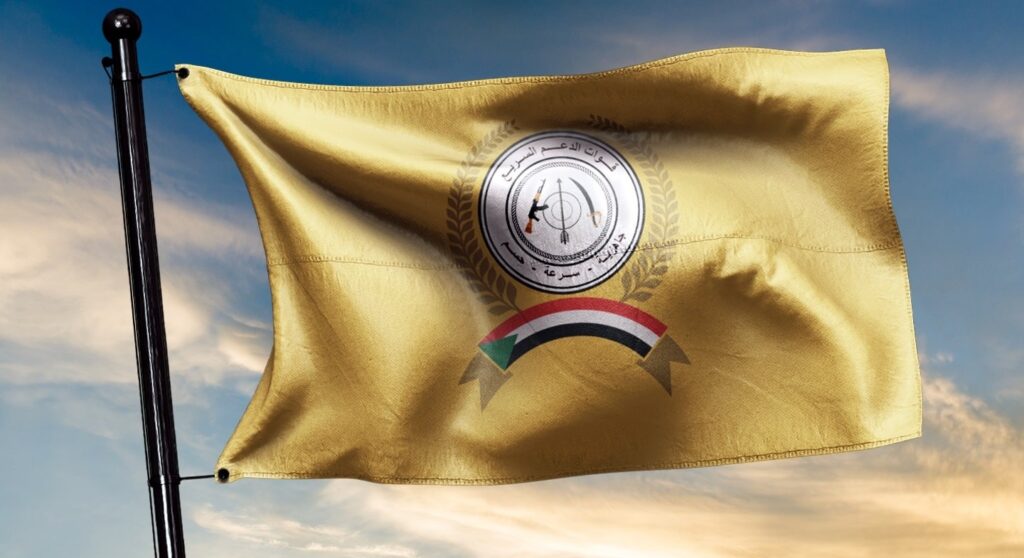
Commercial shipping in the Red Sea continues to face repeated attacks despite a U.S.-announced ceasefire understanding with Yemen’s Houthi movement, raising concerns that the group’s operations are expanding beyond Yemen and potentially toward Sudan’s shores, according to a research report and regional sources.
In a paper published by the Modern Policy website, researcher James Wilson says there are signs the Houthis’ northern reach has grown with alleged logistical backing from Sudanese General al-Burhan’s (SAF) and direct coordination with Iran. The report argues that Sudan could be emerging as a key enabler despite its own internal conflict.
Recent strikes that hit civilian vessels suggest the Houthis can operate farther north than before, the report says, adding that some attacks may involve drones, missiles or explosive boats launched from or staged along Sudan’s coastline.
Sudan’s position on the Red Sea makes it “a vital forward base” if Iranian support persists, Wilson writes, pointing to what he describes as a triangular relationship among the Houthis, the SAF and Iran. He says this could allow use of strategic Sudanese infrastructure — including Port Sudan and its storage facilities and airport — for weapons and drone logistics.
Iran has supplied the Houthis in past years with drones such as Mohajer-6 and Ababil models and various missile systems, the report notes, bolstering the group’s ability to strike at long range. Local Islamist allies of the SAF are also cited as facilitating quiet passage of Iranian materiel, positioning Sudan as a logistical hub for Houthi operations outside Yemen.
The developments pose a challenge to international maritime law and global trade, given the Red Sea’s role as a critical artery for oil and consumer goods. Recent U.S. sanctions on Sudan’s junta leader General Abdel Fattah al-Burhan and Islamist allies — including the al-Baraa bin Malik Battalion, which the report says exerts influence at Port Sudan — underscore Washington’s concern, though the measures have yet to stem risks to shipping.
The report also flags concerns that the Houthis could seek more advanced capabilities via Sudan — including chemical or other dual-use technologies — heightening regional and international security fears. It warns that sustained Houthi attacks would disrupt vessel movements, drive up insurance premiums and fuel prices, and strain relations between Sudan and Western and Gulf states, inviting further sanctions or diplomatic pressure.
With growing drone and missile capacity, the Houthis are no longer confined to Yemen, the paper argues. If Sudan’s littoral is used as a launch pad, the threat envelope could stretch across the northern Red Sea down to Bab al-Mandab, raising the risk of broader regional escalation.
Separating external and internal threats may become harder if Houthi- and Iran-aligned actors hold sway over parts of Port Sudan and its airport, enabling storage and rapid deployment of weapons and drones, the report says.
The outlook for safe passage in the Red Sea, it concludes, hinges on Sudan’s ability to deny its coast for Houthi use, Iran’s continued support, and international responses from the United States and European partners. It urges tighter maritime monitoring, interdiction of weapons flows, and diplomatic pressure on Khartoum to halt any assistance to the Houthis.
Failure to curb these dynamics could see the Red Sea become a persistent flashpoint, with spillover across the Middle East and mounting costs for the global economy, the paper warns.




